Pre-owned timepieces are beating jewelry at auction and outselling hard-to-get newer models. Is this surge sustainable?
The pre-owned watch market is having a banner year. The five top auction houses for the category — Phillips, Sotheby’s, Christie’s, Antiquorum and Bonhams — finished 2021 with a combined total of CHF 634 million ($646 million) in watch sales, according to The Mercury Project, a study by auction-focused consulting firm Hammertrack. In the first half of 2022, the five houses sold CHF 379 million ($386 million) worth of watches — 47% more year on year than 2021 and 133% more than the first half of 2019.
This year is likely to set a new record, surpassing the $900 million mark, the study says — and that doesn’t include sales by non-auction dealers. Secondhand-timepiece vendor WatchBox, for example, posted sales of $310 million in 2021. Its tally for the first half of 2022 was $200 million, and the projected figure for the full year is $400 million.
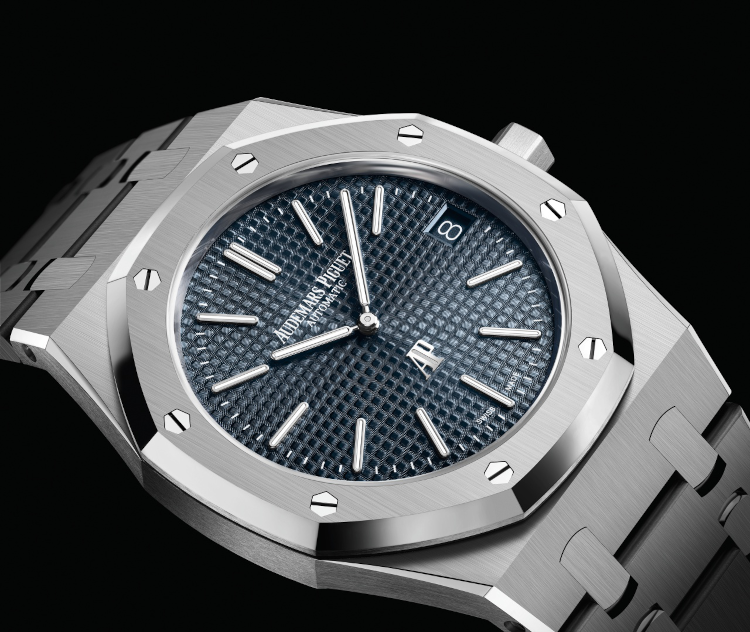
A collector’s market
The boom is partly due to organic growth from a steadily burgeoning community of collectors with no qualms about buying pre-owned watches. Over the past five years, online resale platforms for luxury timepieces have evolved from bulletin-board-style marketplaces run by largely anonymous sellers, to organized professional dealers who own, authenticate, restore and service their inventory. And the scale of that inventory has exploded: A 2021 study by McKinsey & Company valued the secondhand watch market at $18 billion in 2019, predicting a jump to $32 billion by 2025.
In fact, watches now outpace jewelry at auction: Auction sales of pre-owned jewelry rose 55% in 2021, while watch sales doubled, according to Hammertrack. In 2022’s first half, jewelry sales were up only 8% year on year against watches’ 47%.
The other main factor driving the boom in pre-owned timepieces is the shrinking number of new ones at retail. Brands are producing fewer watches, mainly offering limited editions at premium prices, and that puts many new models beyond the reach of most collectors. Hot commodities like the Rolex Daytona are obtainable only through waiting lists, which can be decades long. In contrast, a buyer could get a nice secondhand Rolex Daytona or other coveted model right now, online or at auction.
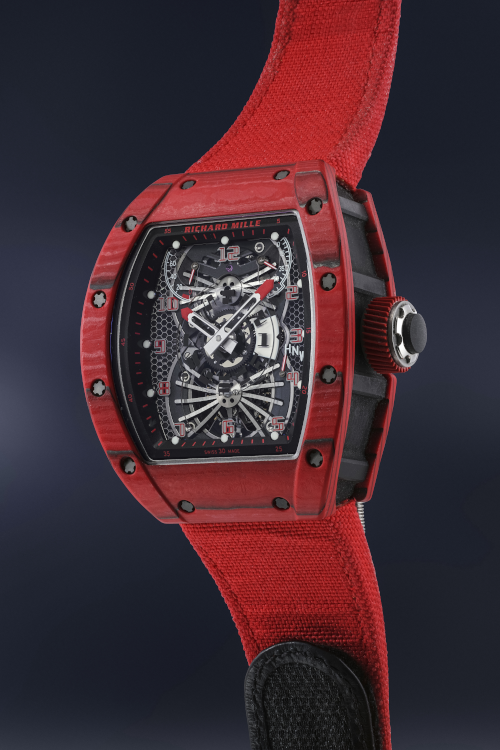
Outrageous prices
The Rolex Daytona and Patek Philippe Nautilus are prime examples of how some watches have become commoditized. Patek discontinued the Nautilus Ref. 5711-1A with blue dial in 2021 — partly because it was overshadowing the rest of Patek’s collection, including the company’s elite complications, and partly because the hype was elevating prices to absurd levels, many times beyond retail. While the Daytona is still in production, it has been selling for up to five times its retail price, which makes it ripe for speculators.
That said, the Daytona and the Nautilus are exceptions, and over the past year, prices for these models have retreated from the all-time highs they reached in early spring 2022. Some dealers welcome the correction.
“It’s been a wild ride the last few years, and I, for one, am looking forward to the watch market getting back to normal,” says Ken DeVaul, director of timepiece operations for retailer International Diamond Center (IDC) in Clearwater, Florida. “I got tired of talking about watches through the financial-commodity lens of resale value. I got into this business because I really enjoy watches, not because it outpaced the stock market.”
The era when a “few flippers” could buy a watch at list price “and make an easy $20,000 or more by selling to us dealers is pretty much over,” he continues. “In fact, all Rolex sports models have come down in price over the past year, inching back to [the manufacturer suggested retail price (MSRP)], where they typically lived in the past.”
Dealer Eric Wind of Florida-based Wind Vintage describes “the pre-owned hysteria” as “not much different than people paying crazy amounts for cryptocurrencies and non-fungible tokens (NFTs). The speculators were mainly active in the primary retail market, and they aren’t true collectors. The real collectors are in the vintage and independent markets.” His advice to consumers: “I personally would not recommend paying huge premiums over retail price for modern, currently produced watches right now. I am not bullish [about the value of goods on the secondary market].”
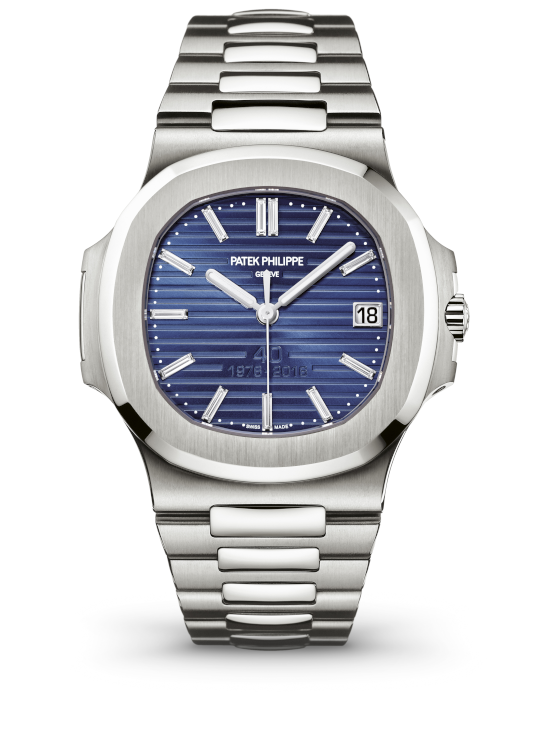
Steel and small brands
The Daytona and Nautilus hype may have subsided, but it’s left its mark: a lingering preference for stainless steel sports watches.
“Steel sports models have been super popular for several years now,” says Leigh Zagoory, a watch specialist at Sotheby’s. “But trends are cyclical, and true collectors covet watches for different qualities. They’re looking for more rare examples of specific models, and those vintage pieces can only be sourced on the secondary market.”
The recent surge also shed some light on a hitherto more niche corner of the pre-owned market: independents and smaller brands. More collectors are discovering these watchmakers’ superior technical prowess and craftsmanship, especially compared to the hype models. As a result, interest in brands that were almost unheard of 10 years ago is soaring.
The top 10 watch brands that sold at auction in 2021 were a mix of established elite and smaller independents, according to the Mercury Project study. Patek Philippe was the clear leader, with 378 lots netting a total of CHF 338.8 million ($350.8 million). Next came Audemars Piguet, Rolex, F.P. Journe, A. Lange & Söhne, Richard Mille, Cartier, Greubel Forsey, Omega, and Vacheron Constantin.
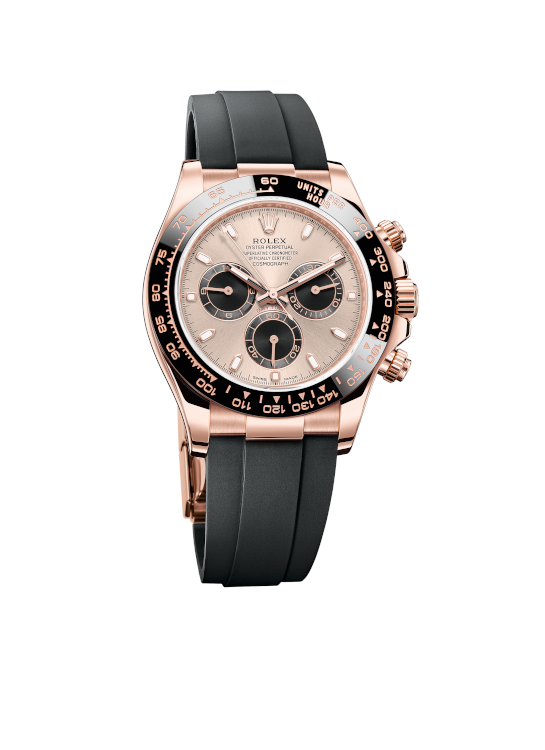
Uptick in demand
Bidders are interested in rare, top-quality watches, especially those with private-collection provenance, and they’re still willing to pay top dollar. Last year at auction, 29 lots surpassed the $1 million mark — a result that would have been rare 10 years ago. Phillips, Christie’s and Sotheby’s saw record sales in 2021. Among the auction houses, Phillips in Association with Bacs & Russo is leading the pack with a 33% market share, followed by Christie’s, Sotheby’s, Antiquorum and Bonhams.
“Over the last number of years, everything was seemingly on fire, with unprecedented demand across the board for both the primary and secondary markets,” says WatchBox CEO Justin Reis. “But we have witnessed a substantial increase in activity across the $50,000 to $100,000-plus spectrum. Consumer interest has markedly increased for high-end independent brands, with no signs of a forthcoming slowdown.”
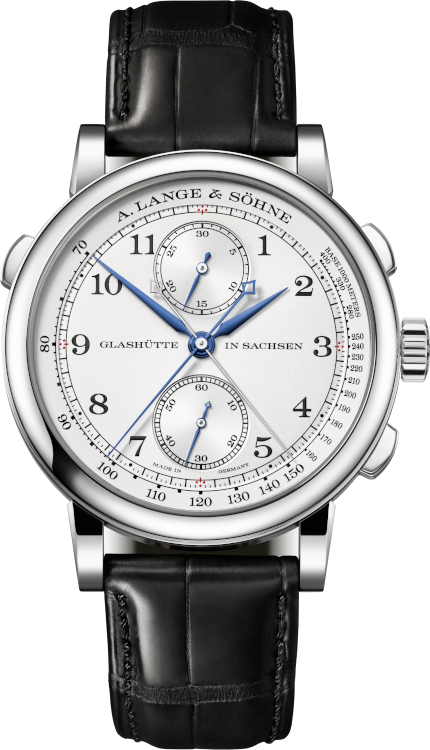
A. Lange & Söhne 1815 Rattrapante, a 200-piece limited edition. (A. Lange & Söhne)
Paul Boutros, head of watches for the Americas at Phillips, has found that “demand continues to be extremely strong for rare, best-quality collectors’ watches — especially in vintage and independents. For modern-production watches, prices achieved in our spring 2022 auction season were in line with the results we saw a year earlier.” Indeed, he adds, “those prices were more realistic than the peaks seen on the secondary market in early 2022 — though still significantly above retail in most cases.”
For dealers, the only downside of the surging secondhand market is keeping up with demand. There are rumors that retailers are training their staff in how to let customers down gently when their choice of model is not available.
“More people are interested in watches than ever before,” says Wind. “So my challenge is just continuing to engage with current and prospective clients. I get thousands of emails and messages each day, wanting to speak about watches.”
Main image: F.P. Journe Resonance watch with 18-karat gold case and salmon-pink dial. (F.P. Journe)

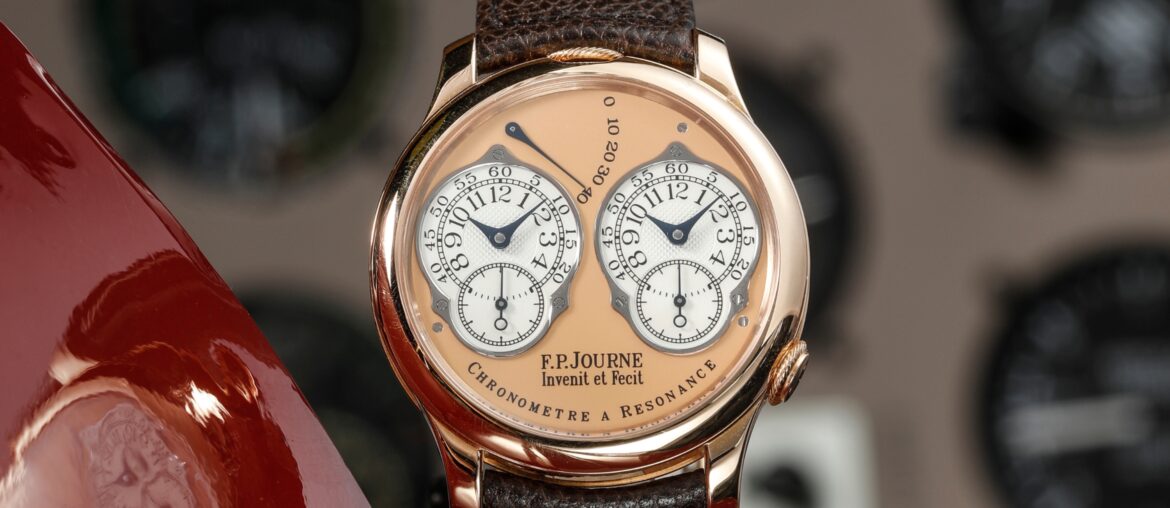

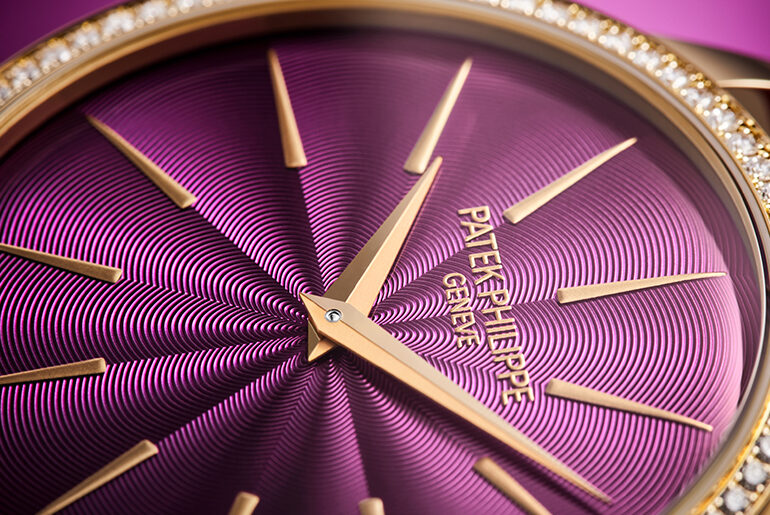
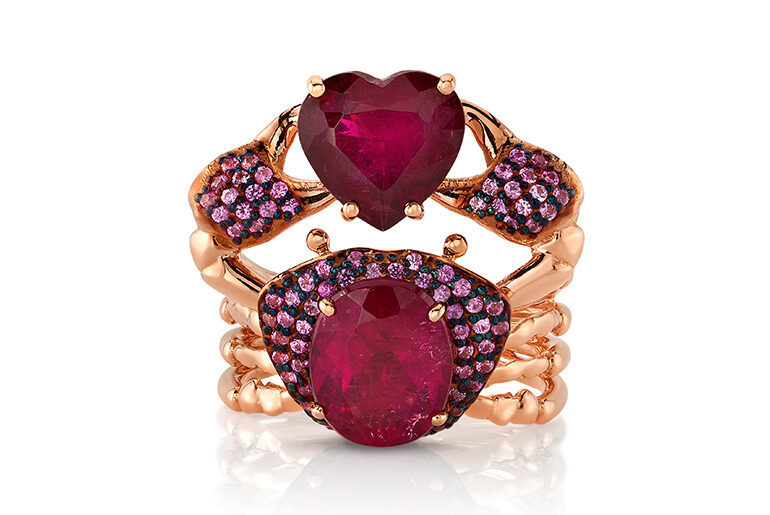
2 Comments
1xbet промокод на сегодня. Click Here:👉 https://www.medtronik.ru/images/pages/bonus_kod_na_1xbet_pri_registracii_6500_rubley.html
Oh my goodness! an incredible article dude. Thank you However I am experiencing concern with ur rss . Don’t know why Unable to subscribe to it. Is there anybody getting similar rss downside? Anyone who is aware of kindly respond. Thnkx